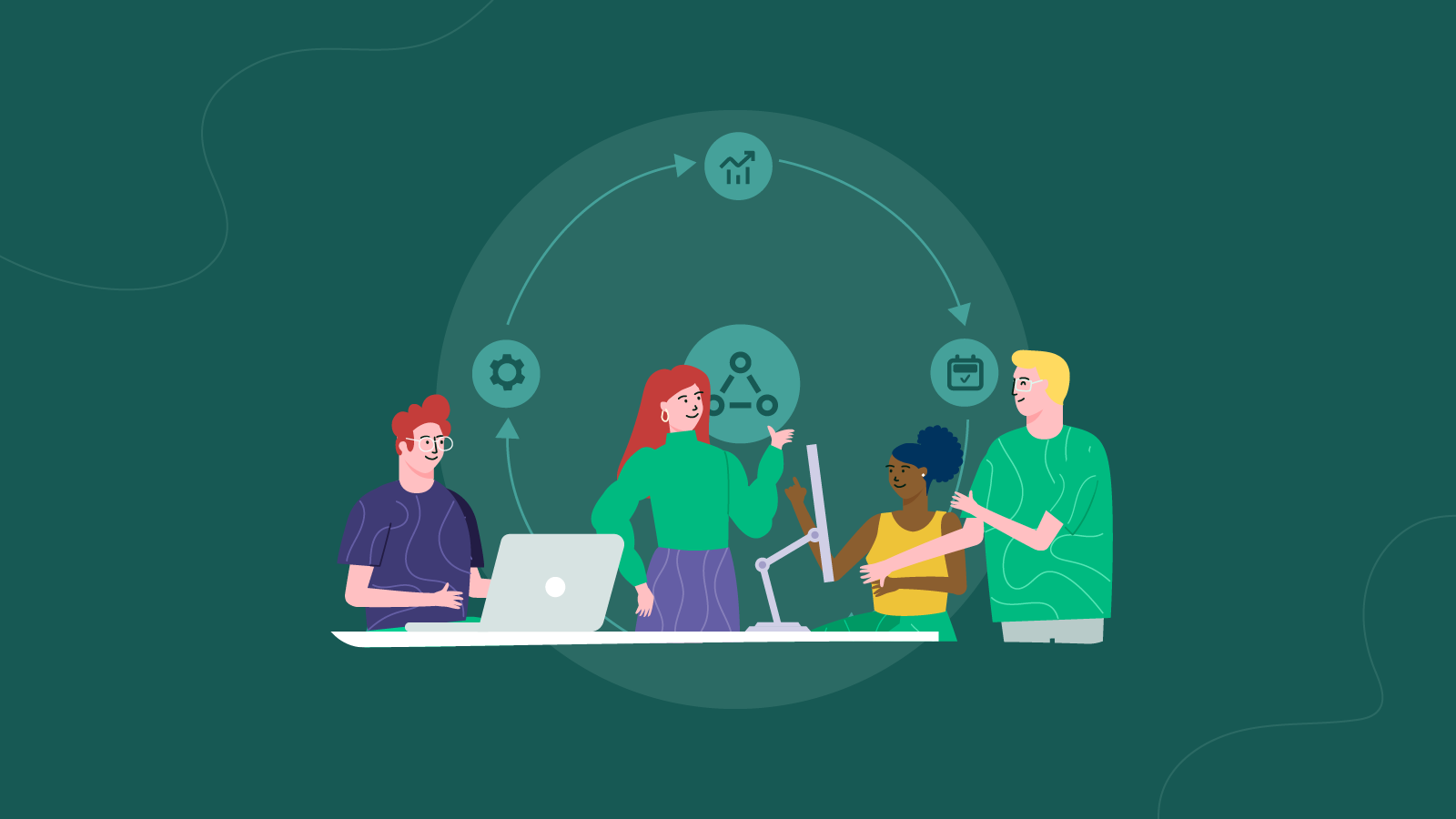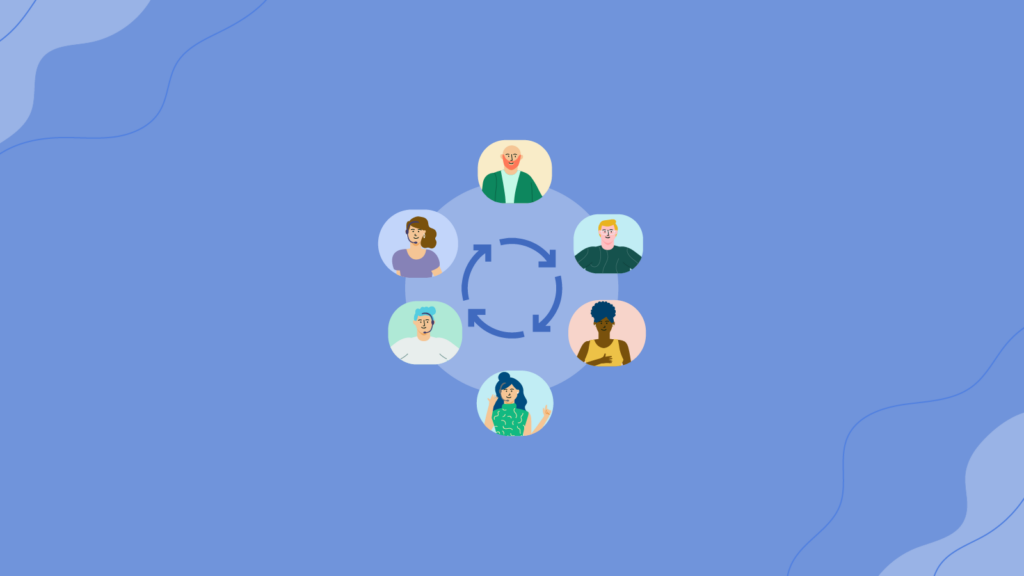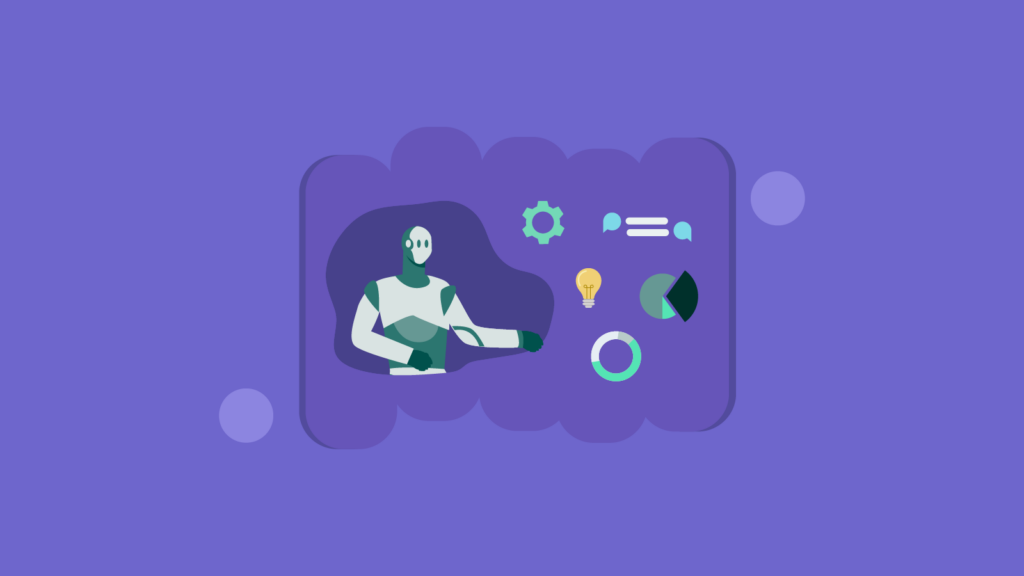Workforce Optimization: What It is and Why You Need It
Warren Buffet said “It takes 20 years to build a reputation and five minutes to ruin it. If you think about that, you’ll do things differently.”
Does your contact center “talk the customer talk” but sometimes gets stuck when it comes to matching up customer expectations with service and support delivery by your agents?. Are you taking the right steps to evolve toward workforce engagement management?
This guide will explore the whats, hows, and whys of workforce optimization.
What is Workforce Optimization?
The concept of workforce optimization (WFO) is not new. It has however morphed from the days of regarding the call center as a cost center to realizing contact centers and the agents who work there are valuable contributors to the customer experience.
It is through this lens that workforce optimization has evolved to mean the business strategies, processes, and supporting automation technologies that maximize contact center and agent productivity and efficiency to allow organizations to deliver outstanding customer experience (CX).
How Workforce Optimization Works in a Contact Center
The most valuable asset in a customer service organization or contact center is your workforce. Hiring, training, upskilling, and retaining agents are activities critical to your success. Therefore, workforce optimization strategies should be front and center to your business goals.
Agent performance can make or break your contact center’s key performance indicators (KPIs) and the overall CX. Their performance and effectiveness positively or negatively impact:
- Customer satisfaction scores (CSAT) and net promoter scores (NPS) – Agents who are disengaged or lacking customer support knowledge can negatively impact not only your scores but overall CX.
- Operational costs – Agents who aren’t invested or lack training, feedback, or coaching tend to be inefficient, ultimately costing your business financially.
- Schedule adherence – When agents don’t adhere to schedules, they aren’t available to service customers as planned. This results in long wait times and abandoned conversations.
Automation solutions go hand in hand with workforce optimization, and are in fact, sometimes synonymous with WFO. Workforce optimization tools automate the operational performance management processes, providing added muscle to workforce management (WFM), quality management (QM), agent coaching, analytics, and reporting.
In today’s super-competitive marketplace, where delivering an exceptional customer experience is in the spotlight, investing in a true WFO strategy is paramount to business outcomes and to drive customer loyalty. And with labor as an expensive and valuable contact center asset, optimizing your employee efficiency to positively impact the bottom line is also a must-have.
Components of Workforce Optimization
Workforce optimization for contact centers has many different components. However, the two main components are Quality Management and Workforce Management.
The two work together like salt and pepper to help modern contact centers provide outstanding omnichannel customer experience and elevate agent engagement and the employee experience (EX).

Quality Management
Quality Management is the people, processes, and systems a contact center uses to provide valuable insights and monitor customer interactions to ensure contact center agents are handling them in the desired fashion. It’s also sometimes referred to as quality assurance.
Quality Assurance (QA) tools are great, but they tend to be reactive. By the time an issue is found, the customer experience has already suffered. With AI-powered QM software, customer service organizations can proactively prevent problems before they arise.
Here’s how QM software allows contact center leaders to automate work for your quality team, creating more efficient and less costly processes:
- Create powerful scorecards in minutes, calibrate evaluations against expert opinions, evaluate interactions, and automate the coaching process.
- Prevent and close employee skill gaps with a seamless integration to coaching. After gaps are identified, coaches can build plans using current and historical data, and automatically track progress against goals once a session is complete.
- Understand performance with dynamic reporting features and deeper insights, and deliver consistent and automated coaching tied directly to quality results and customer interaction analytics.
- Surface customer sentiment and customer behaviors, as well as reasons they are contacting your business so you can create stronger customer experiences
- Recruit, train, onboard, and retain agents more effectively and efficiently. QM lets you understand what makes up your best agents so you can find and promote more team members like them. Likewise, through coaching and other engagement tactics, you’re able to keep agents engaged and reduce attrition.

Workforce Management
The yin to QM’s yang is Workforce Management (WFM).
Workforce management for contact centers is the art and science of having the right number of agents available at the right times to answer an accurately forecasted volume of incoming customer contacts at the service level standard set by a contact center while minimizing cost.
The key functions of contact center workforce management are:
- Long-term workforce planning
- Interaction volume forecasting
- Employee availability and staff scheduling
- Intraday management
Customer interactions and support have become more complex. In addition to that, contact centers provide omnichannel support using a hybrid workforce. That means contact center managers need better ways to maximize agent performance, boost employee productivity, gain operational efficiencies, reduce labor costs, and deliver an exceptional customer service experience. Modern, AI-powered WFM solutions, together with the right workforce management strategies and processes, do the heavy lifting when spreadsheets and manual processes can no longer keep up.
Benefits of WFO
Workforce Management and Quality Management are the building blocks of workforce optimization.
With a tight labor market and increasing expectations for excellent customer experiences and employee experiences, it’s a competitive advantage to embrace WFO solutions. Contact centers that do so reap the following benefits:
1. Improved Customer Service and Retention
A recent Forbes Advisor survey revealed 48% of consumers are willing to pay more for quality customer service. And 46% of customers will buy more when given a personalized experience. These statistics highlight the importance and business value of satisfied customers. Agents are on the frontline, providing omnichannel support to nurture customer relationships and create outstanding experiences for customers that represent your brand and business 24/7. WFO improves the customer journey by providing valuable historical and real-time data and insights about customer interactions so you can make adjustments on the fly and better plan for future support volume and inquiries.
2. Boost Agent Efficiency and Productivity
With creating more agent efficiencies and optimizing productivity and processes top of mind for companies, as a contact center leader, how do you translate this business strategy and business priorities as best practices in your contact or customer service center? Putting in place KPIs is a good starting point to achieve operational excellence. By tracking workforce management performance metrics, such as first contact resolution, contact centers can create more accurate forecasts, identify areas of process improvement, set realistic goals, and create effective training programs to develop agents’ skills and expertise. WFO helps you strike the balance of the right number of agents without overscheduling or overspending by maximizing agent productivity through continuous feedback, training, and coaching, QM, and more. WFO also helps you better manage workflow processes and create efficiency by evolving your plan in real-time.
3. Cost Savings
WFO, and in particular, workforce optimization software, is designed to align staffing and customer demand levels, so it has a direct impact on cost management and reducing labor and operational costs. Accurate forecasting of customer request volumes is a prerequisite for staffing appropriately with the right agents with the right skills and at the right time. When a contact center is understaffed or overstaffed, money is being improperly spent, putting revenue and profitability at risk. For omnichannel contact centers, forecasting and capacity planning have become more complex. Contact centers need to account for additional variables, such as agents who specialize in specific and/or asynchronous channels. The right WFM solution considers and optimizes these variables and ensures a contact center is appropriately staffed, whether agents are onsite or remote.
4. Create a Better Agent Experience
WFM isn’t only about creating a better customer experience. It’s also extremely beneficial to create a better agent experience and improve employee satisfaction and engagement. WFO tools help contact center leaders to not only manage agent schedules, but also highlight agent skills and performance, provide actionable insights, and encourage them to take accountability for their work and feel more fulfilled in their role and growth opportunities. When contact center agents feel valued and are recognized for their efforts, they’re more likely to stay and grow with your company. Happy agents who stick around and become more experienced can deliver the outstanding customer experience for which your contact center strives.
Related reading: Playvox eBook: Top Tips for Engaging and Motivating Agents
The Evolution from WFO to WEM
While WFO’s focus is on optimizing agent performance and creating operational efficiencies, a more recent concept, Workforce Engagement Management (WEM), was coined by Gartner and has rapidly become the business strategy, processes, and related technologies of choice. WEM adds the element of employee engagement as the linchpin to delivering outstanding CX.
WEM solutions combine several elements that allow contact centers to go beyond containing operating costs to elevating and empowering agents with tools to schedule, evaluate, motivate, recognize, and reward your workforce at scale.
The workforce engagement management landscape is defined by functionality that includes support for:
- Recruitment and onboarding
- Evaluation and improvement
- Time management
- Assistance and task management
- Metrics and recognition
- Customer journey analytics
A WEM suite includes the core QM and WFM modules. And while many companies begin by deploying these solutions, this is only the beginning of the journey.
To create a 360 performance loop, WFM and QM are best combined with additional modules for other key metrics that provide coaching, learning, motivation, KPI tracking, and employee feedback capabilities. This can be accomplished by deploying an integrated and comprehensive WEM solution.
Beyond providing most of these capabilities, a leading workforce engagement management provider will also be able to help you deliver customer success support to ensure milestones are achieved and that the intent of elevating the employee experience becomes a reality.
Why is WEM Better than WFO?
It’s well established that exceptional employee engagement produces extraordinary customer experiences. Workforce engagement management matters because the agent experience matters.
With many contact centers struggling with staffing shortages and high employee turnover rates, solutions such as WFO that focus primarily on workforce optimization, don’t go far enough to keep agents engaged and happy, and creating better experiences for employees.
At a time when customers are willing to pay higher prices for good experiences, and agents are a critical part of experience delivery, there’s an urgent need to empower, develop, and retain agents. WEM solutions get to the heart of human motivation–they unleash the human factor of agents that are empowered, happy, and working towards personal and team goals, transforming average contact centers into best-in-class performers. For agents, it means being more engaged with career goals, team members, and the business overall.
The way workforce engagement management solutions generate these results is by enabling incremental improvements in employee performance while also promoting longevity in an organization. Leveraging tools such as coaching, learning, and motivation elicit major gains and ultimately has a massive positive impact on the bottom line.
Request a demo to discover how Playvox Workforce Engagement can help your organization deliver exceptional experiences.






